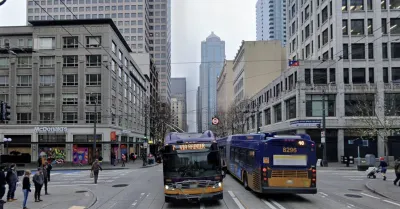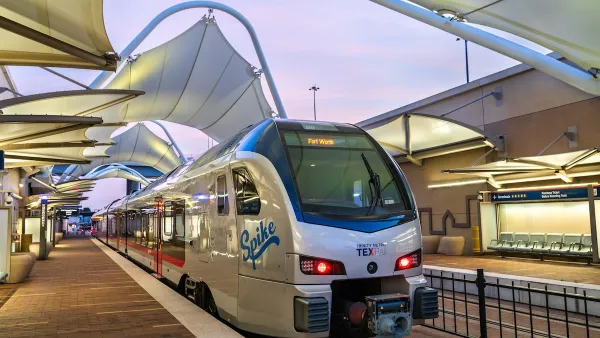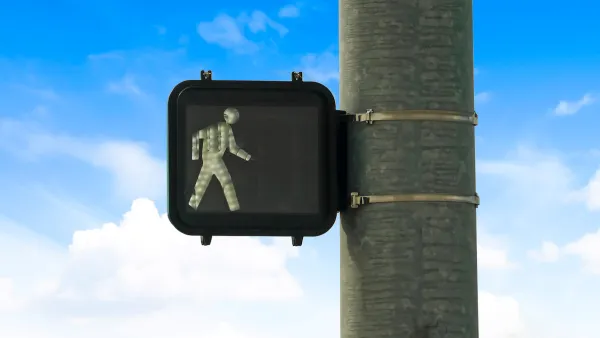The editorial board of The Urbanist lays out their plan for a reimagined Third Avenue that plays to the strengths of the corridor while improving safety and transit service.

The Urbanist’s editorial board speaks out in favor of a bold and actionable plan for Seattle’s Third Avenue, one of the busiest transit corridors in the country but “a place where many a plan goes to die.”
At The Urbanist, we believe the Third Avenue plan must focus on improving transit service and pedestrian safety. Some sections have great opportunities for street art, pocket parks, and sidewalk cafes. If we make the street more walkable and the bus stops pleasant, safe, and busy, then street life will follow.
The board writes that the plan “should also recognize and promote the unique strengths and needs along each of the distinct sections of the street,” and recommends treating each of the street’s four segments separately, using street design to enhance each neighborhood’s existing assets.
The board also calls on the city to invest in ways to help people facing mental health and substance abuse crises, citing the rise of mental health issues and opioid use during the pandemic, which, in addition to harming users, has also led to an increasingly negative public perception of Third Avenue and, more broadly, the city’s public transit.
According to the board, “Policymakers must acknowledge that Third Avenue is going to continue to be a transit workhorse, but it can be walkable and loaded with street activation, too.” Cautioning against more lofty but unattainable plans, the board writes, “But what we need isn’t another big dreamy visioning exercise that goes nowhere or settles on a small incremental change. There are actions and investments that could be made that would produce real results.”
FULL STORY: An Urbanist Vision for Seattle’s Third Avenue

National Parks Layoffs Will Cause Communities to Lose Billions
Thousands of essential park workers were laid off this week, just before the busy spring break season.

Retro-silient?: America’s First “Eco-burb,” The Woodlands Turns 50
A master-planned community north of Houston offers lessons on green infrastructure and resilient design, but falls short of its founder’s lofty affordability and walkability goals.

Delivering for America Plan Will Downgrade Mail Service in at Least 49.5 Percent of Zip Codes
Republican and Democrat lawmakers criticize the plan for its disproportionate negative impact on rural communities.

Test News Post 1
This is a summary

Test News Headline 46
Test for the image on the front page.

Balancing Bombs and Butterflies: How the National Guard Protects a Rare Species
The National Guard at Fort Indiantown Gap uses GIS technology and land management strategies to balance military training with conservation efforts, ensuring the survival of the rare eastern regal fritillary butterfly.
Urban Design for Planners 1: Software Tools
This six-course series explores essential urban design concepts using open source software and equips planners with the tools they need to participate fully in the urban design process.
Planning for Universal Design
Learn the tools for implementing Universal Design in planning regulations.
EMC Planning Group, Inc.
Planetizen
Planetizen
Mpact (formerly Rail~Volution)
Great Falls Development Authority, Inc.
HUDs Office of Policy Development and Research
NYU Wagner Graduate School of Public Service





























